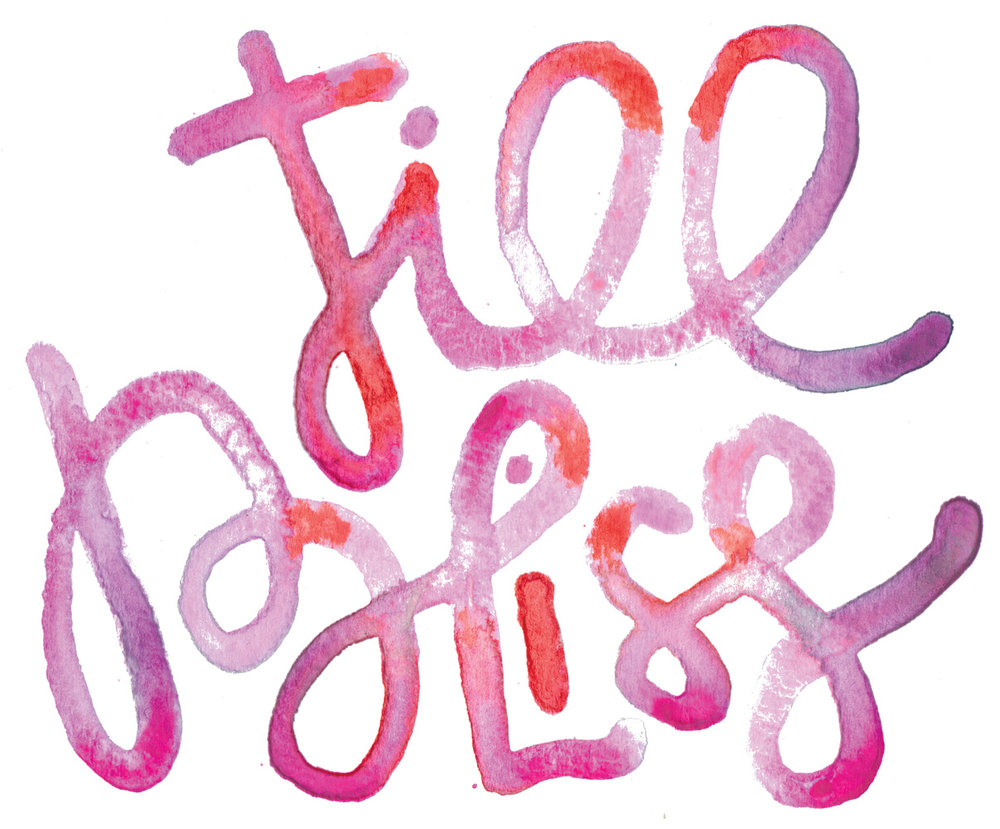
6
Dall's Porpoise at Turn Point Habitat

3
Pigeon Guillimot

3
Great Blue Heron

1
Eagle Island

1
Snake River

1
Harmon Ranch Barn, Decatur Island

1
Grizzly Bear Family

1
Harbor Seal Kelp Beds

1
Pacific White Sided Dolphins at Lime Kiln

1
Steller Sea Lion Whale Rocks

1
River Otter Seaside

1
Minke Salish Sea

1
Humpback Salish Sea Moonrise

1
Chinook Salmon Nation

1
Hambly Apple House, Orcas Island

1
Majestic Farm & Barn, Lopez Island

1
Mulno Cove Farm & Barn, San Juan Island

1
Blue Moon Farm & Barn, Waldron Island

1
Biendl Farm & Barn, Shaw Island

1
Orca Salish Sea

1
Wolf Islands

1
Great Horned Owl

1
Marmot Alpine Meadow

1
Cascade Red Fox

1
Nubian Goat Farmstead

1
Pacific Octopus Shoreline

1
Pika Alpine Boulders

1
Butterfly Mountain Meadow

1
Chicken Coop Group

1
Lady Sealion Seas

1
Wapiti (Elk) Meadow

1
Seastar Tidepools

1
Black Bear Douglas Fir Forest
0
Dall's Porpoise Habitat












